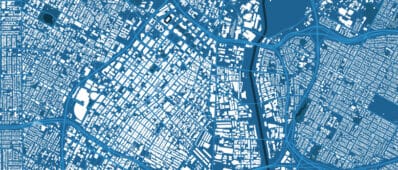Abstract
The lack of a strong reduction in ambient ozone (O3) concentrations during reduced traffic periods associated with COVID-19 calls into question the conventional wisdom that mobile sources dominate air pollution in California. Fossil-fueled motor vehicles emit oxides of nitrogen (NOx) and volatile organic compounds (VOCs) that are precursors to O3 formation, but the chemical reaction system that forms O3 is complex. The ratio of NOx/VOCs determines if the O3 formation regime is NOx-limited (reducing NOx reduces O3) or NOx-rich (reducing NOx increases O3). This project developed new methods to directly measure O3 chemistry in the atmosphere and applied them over long-term campaigns in multiple California cities to quantify traffic contributions to O3 formation. A seasonal cycle was observed of NOx-rich O3 chemistry during cooler months trending toward NOx-limited chemistry in warmer months. Superimposed on this seasonal cycle was a spatial pattern of NOx-rich chemistry in dense urban cores and NOx-limited chemistry in areas downwind of urban cores. Chemistry-based models with source tagging were also developed to better understand these trends. Seasonal changes to biogenic VOC and gasoline evaporative VOC emissions likely explain the seasonal changes in O3 formation chemistry. Reduced traffic emissions in March 2020 did not reduce O3 concentrations because the chemistry was heavily NOx-rich during the spring season. Extended model predictions suggest that similar traffic reductions could have reduced ambient O3 concentrations in small and intermediate cities if they had occurred in the summer months. Traffic reductions alone would not be sufficient to reduce O3 concentrations in the urban cores of larger cities. Reduced emissions from transportation sources can improve air quality in California, but transportation sources no longer exclusively dominate O3 formation. Future emissions controls should be coordinated across multiple sectors (including transportation) to achieve their objectives.


